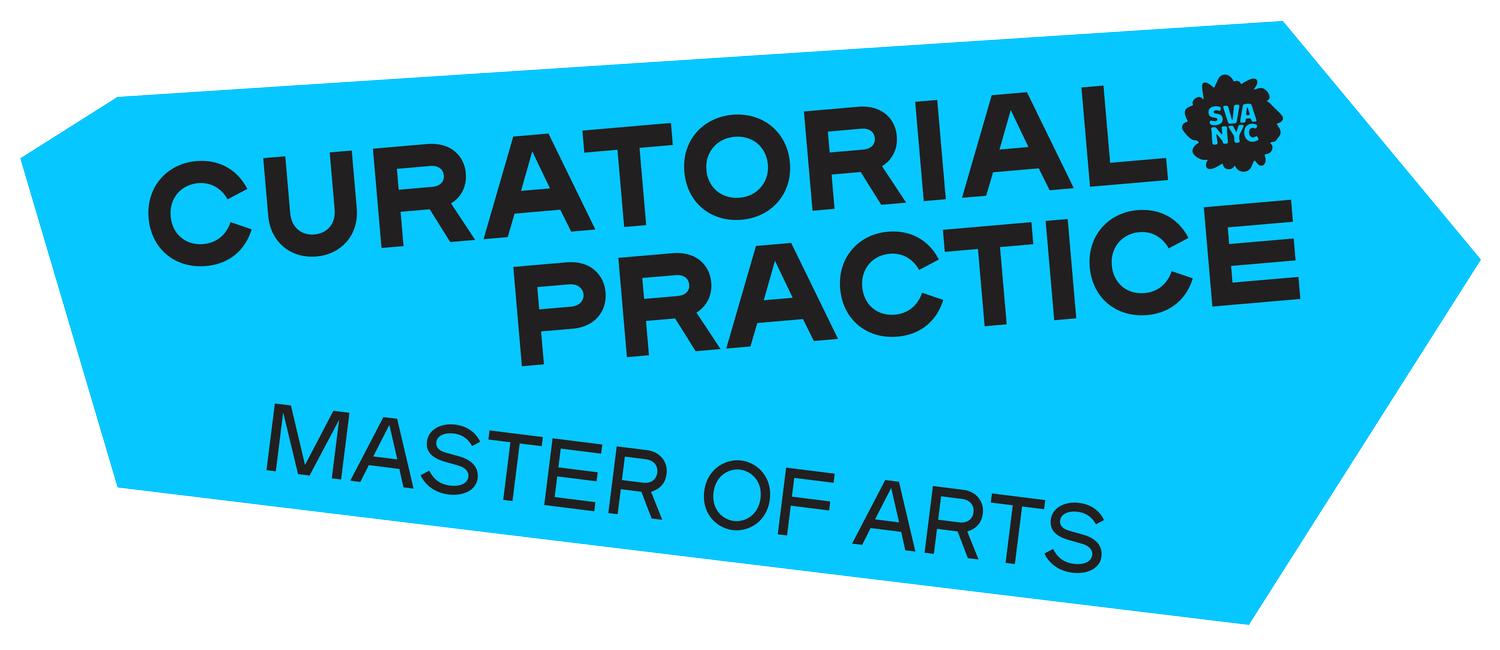Into the Valley of Despair
Curated by Carina Martinez
Artists: Florian Aschka & Larissa Kopp, Chun Hua Catherine Dong, Kim Kielhofner, Julian Louis Phillips, Mia Raadik, Anna Witt
April 14 - 27, 2022
Into the Valley of Despair is a showcase of six artist practices that contemplate the overlapping territories of psychological discomfort and truth-seeking. The exhibition’s title refers to the Dunning-Kruger Effect, a graph developed in psychology that demonstrates a type of cognitive bias in which a person’s overestimation of knowledge of a given subject corresponds to a sense of overconfidence. The bottom of the sharply dipped curve is labeled “the valley of despair,” indicating the point at which one may become disillusioned by the realization that they know very little about something they once believed to have understood. The “un-selfing” quality of works in this exhibition suggests that, rather than turn away from the destabilizing truth of one’s limited purview, embarking on a winding journey through the valley with openness—waiting, listening, experimenting—might be the most profound path toward sustainable knowledge and transformative justice. Acknowledging the contradictions that exist within and all around us, this project intends to consider how the valley of despair can reinvent itself as an oasis of repair.
Each participating artist attempts to highlight that which fundamentally lies outside of visible sightlines by challenging themselves, their subjects, or their audiences to inhabit new perceptions, roles, and realms. Kim Kielhofner’s video work Reading Patterns (2019) presents the artist’s experimental attempts to map the places where discernibility escapes the mind’s grasp, whereas Chun Hua Catherine Dong’s photographic series I Have Been There (2015-) captures the artist “buried” amid the social and built structures of unfamiliar places around the world as an experiment in self-surrender and social trust. Mia Raadik’s installation, Autoportrait (2020), documents the artist’s healing from a painful trauma and challenges viewers to question social taboos, while Florian Aschka and Larissa Kopp disrupt the status quo in the photographic project Private Property (2021-) by penetrating privatized NYC spaces with flags for “the queer revolution.” Anna Witt’s two-channel video Radical Thought (2021) mobilizes discomfort in NYC public spaces as a generative force by engaging the radical imagination of unsuspecting subjects, and inserts art audiences into possible worlds conceived by utter strangers. Julian Louis Phillips’s installation The Strategic Response Group (2021) and live performance piece On Violence (2022) bring viewers into the experience of being “radicalized” in a Black body and the perception of that radicalization in the U.S. political and mass media context.
Into the Valley of Despair takes shape during a time when art world stakeholders are unavoidably confronted with multiple destabilizing realities. The solution lies not in just including underrepresented perspectives through the language of multiplicity and diversity; rather, it is to reconsider the situation entirely as a series of enactments of what theorist Irit Rogoff calls “an epistemological crisis”— an “exiting from previous definitions, refusing former meanings, refusing moral inscription, refusing the easy stability in which one thing is seemingly good and the other potentially threatening, risking a capacity for misunderstanding.” Arguably at the core of contemporary arts’ and society’s future needs is a willful rappelling into the contradictions, injustices, and enclosures of the past and present, to which this exhibition aims to contribute.





